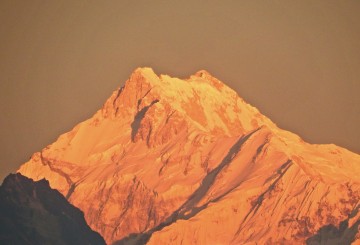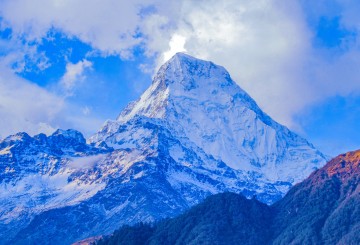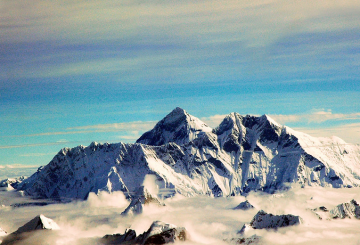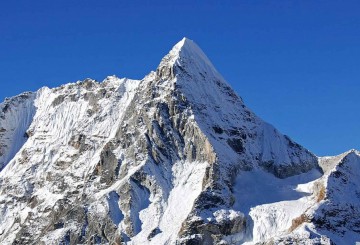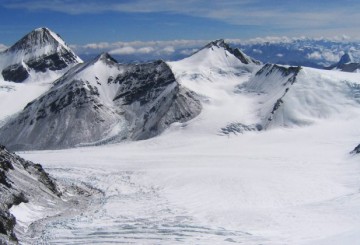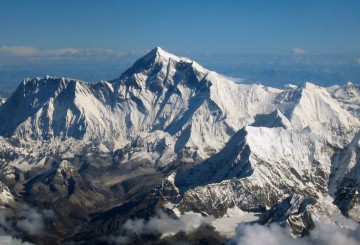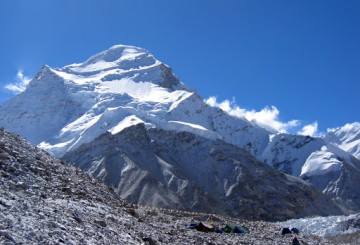.....

Pumori (or Pumo Ri) is a mountain in the Himalaya on the Nepal-Tibet border. Pumori lies just eight kilometres west of Mount Everest. Pumori, which means "Unmarried Daughter" in the Sherpa dialect, was named by George Mallory. Climbers sometimes refer to Pumori as "Everest's Daughter". Pumori is a popular climbing peak and the easiest route is graded class 3, although with avalanche danger. Pumori was first climbed in 1962 by Gerhard Lenser of a German-Swiss expedition.
Pumori (or Pumo Ri) is a mountain in the Himalaya on the Nepal-Tibet border. Pumori lies just eight kilometres west of Mount Everest. Pumori, which means "Unmarried Daughter" in the Sherpa dialect, was named by George Mallory. Climbers sometimes refer to Pumori as "Everest's Daughter". Pumori is a popular climbing peak and the easiest route is graded class 3, although with avalanche danger. Pumori was first climbed in 1962 by Gerhard Lenser of a German-Swiss expedition.
-
Day 1 Arrival in Kathmandu transfer to Hotel
-
Day 2 Kathmandu
...
-
Day 3 Kathmandu
...
-
Day 4 Fly to Lukla trek to Phakding
....
-
Day 5 Trek to Namche Bazaar
.....
-
Day6 Namche for acclimatization
....
-
Day 7 Trek to Tengboche
......
-
Day 8 Trek to Dingboche
......
-
Day 9 Acclimatization at Dingboche
...
-
Day 10 Trek to Lobuche
...
-
Da 11 Trek to Pumori Base camp
...
-
Day 12-28 Climbing Period
......
-
Day 29 Cleaning Base camp
.....
-
Day 30 Trek back to Pangboche, overnight
....
-
Day 31 Trek back to Namche
.....
-
Day 32 Trek back to Lukla
......
-
Day 33 Fly back to Kathmandu
......
-
Day 34 Free days in Kathmandu
.....
-
Day 35 Departure from Kathmandu
....
What's Included ?
What's Excluded ?
-
1. What is the best time to visit the Everest region?
- The most popular months for trekking in the Everest region are March, April, May and September, October, November, as these months are when the conditions are at their best. The spring and autumn tend to offer reasonable temperatures, clear skies, little to no rain and less chance of problematic snowfall. The average temperature around this time can range from a high around 20 degree Celsius during the day to -15 degree Celsius at night. - December, January and February have colder temperatures and are less frequently travelled, but this should not deter you from making your trip to the Everest region during these months. The weather is very clear allowing you to see all the majestic mountains and most of the lodges and tea houses are open during this time. Best of all, you don’t have to deal with crowds and will have all the views to yourself!
-
2. How do you get to the Everest region?
- The most popular way to travel the Everest region is by a short 30 minutes flight from Kathmandu to Lukla. Lukla is the starting point for all treks in this region.- There is an alternative way to reach the Everest region by driving from Kathmandu 12 hours to the village of Solu and walking for 2 additional days to reach Lukla.
-
3. What is the luggage weight limit on flights to the Everest region? Do we need to use duffle bags instead of regular luggage (with frame and roller)?
- The luggage weight limit on Everest flights are 15 kgs luggage and 5 kgs of hand carry (personal backpack). Before you start your trek, any unwanted luggages can be left in your hotel in Kathmandu. They will happily store it for you as you will be using the same hotel once your trek ends. - Yes, Duffle bags are better while in the trek because it can store more luggages and helps our porter to manage his load better.
-
4. Where will we be staying during our trek and what to expect from the accommodations? What kind of meals should I expect during the trek?
- We use only the best available accommodations during our treks which can include hotels, lodges and tea houses. Through our decades of experience, we have selected these places for their hygiene, amenities and client satisfaction. - During your trek the food choices might be more limited but you can always expect to find staples such as Dal Bhat, driving from Kathmandu 12 hours to the village of Solu and walking for 2 additional days to reach Lukla. 3. What is the luggage weight limit on flights to the Everest region? Do we need to use duffle bags instead of regular luggage (with frame and roller)? - The luggage weight limit on Everest flights are 15 kgs luggage and 5 kgs of hand carry (personal backpack). Before you start your trek, any unwanted luggages can be left in your hotel in Kathmandu. They will happily store it for you as you will be using the same hotel once your trek ends. - Yes, Duffle bags are better while in the trek because it can store more luggages and helps our porter to manage his load better. 4. Where will we be staying during our trek and what to expect from the accommodations? What kind of meals should I expect during the trek? - We use only the best available accommodations during our treks which can include hotels, lodges and tea houses. Through our decades of experience, we have selected these places for their hygiene, amenities and client satisfaction. - During your trek the food choices might be more limited but you can always expect to find staples such as Dal Bhat, Noodles/ Chowmein, Fried rice, Sandwiches, Soups and French Fries. You can also find some vegetarian options as well. Another common popular Nepali dish is Momo (dumpling) which is very popular among the locals. Make sure to try one when you can.
-
5. Do we need to bring towel, toilet paper? Does all the hotels/ lodges on the route provide bathroom, hot shower and toiletries?
- Not all hotels/ lodges provide the above following. We recommend all our clients to bring their own toiletries. Some hotels will provide attached bathroom with hot shower in your room while others will just provide a common bathroom. - The Everest region is still a remote area with no proper road access. Hence, most of the goods and supplies in this region have to be flown via air. This makes it very difficult and expensive to provide all the facilities. Some of the lodges in the lower Everest region will provide most of the facilities but you need to understand that the higher you trek, the lesser facilities will be available.
-
Do we need to bring a sleeping bag and how warm will the room be?
- Up until Namche, you will not be needing a sleeping bag. You will only need a sleeping bag in the higher elevation like around Everest base camp. Some lodges will give extra blankets but having your own sleeping bag is better. Your porter will put your sleeping bags in the duffle bags that he carries. If you don’t have a sleeping bag, you can always buy one in Kathmandu or rent through our company.
-
7. If we bring water bottle, where can we refill clean drinkable water?
- Unfortunately, the Everest region does not have a system of refilling clean drinkable water. The only way to do so is to purchase a bottle mineral water and then to pour it onto your water bottle. Purchasing mineral water is very easy in the Everest region but please know that the higher you go, so will the price of water. Also, please remember to recycle the plastic bottle or to give it to your guide or the lodge who will recycle it. It is not advisable to drink tap water. Please only use mineral bottle water or boiling water.
-
8. What about Laundry services and ATM’s along the trek route? Do they accept US dollar during the trek?
- Laundry machines are very rare in the mountains so please check with your guide for this services. Trekkers usually will not have big laundry during the trek and the little items such as socks and towels can be hand washed and later dried in the sun or by the fire. Most trekkers will only do their laundry once they are back in the capital Kathmandu where you can find plenty of Laundry services. 7. If we bring water bottle, where can we refill clean drinkable water? - Unfortunately, the Everest region does not have a system of refilling clean drinkable water. The only way to do so is to purchase a bottle mineral water and then to pour it onto your water bottle. Purchasing mineral water is very easy in the Everest region but please know that the higher you go, so will the price of water. Also, please remember to recycle the plastic bottle or to give it to your guide or the lodge who will recycle it. It is not advisable to drink tap water. Please only use mineral bottle water or boiling water. 8. What about Laundry services and ATM’s along the trek route? Do they accept US dollar during the trek? - Laundry machines are very rare in the mountains so please check with your guide for this services. Trekkers usually will not have big laundry during the trek and the little items such as socks and towels can be hand washed and later dried in the sun or by the fire. Most trekkers will only do their laundry once they are back in the capital Kathmandu where you can find plenty of Laundry services. - ATM’s are also available but only in certain places. So we urge you to use the ATM’s in Kathmandu where there are plenty and also their service fee will be comparatively less than in the mountains. - Yes they accept US dollar in the mountains but you will get a better deal if you exchange it in Kathmandu in the money exchange shops.
-
9. Is Internet/ Phone available up in the mountains? How do I charge my electronics?
- Internet is available but you will need to purchase it from the lodges. If you have bought a Nepali sim card then depending on the subscription, you can also get mobile data services but this is not a guarantee in all areas of the mountain. If your trek is above 4,000 meters high, we will send a company satellite phone along with the guide just in case of an emergency. - We recommend that our clients bring a power bank with them as electricity is limited especially at higher altitudes. We also found out through some of our clients that the solar powered power bank works well during the trek. So we recommend to have both or at least a power bank. Some lodges will provide free electricity for you to charge your power bank and in higher altitudes you may have to pay to charge your electronics. urge you to use the ATM’s in Kathmandu where there are plenty and also their service fee will be comparatively less than in the mountains. - Yes they accept US dollar in the mountains but you will get a better deal if you exchange it in Kathmandu in the money exchange shops. 9. Is Internet/ Phone available up in the mountains? How do I charge my electronics? - Internet is available but you will need to purchase it from the lodges. If you have bought a Nepali sim card then depending on the subscription, you can also get mobile data services but this is not a guarantee in all areas of the mountain. If your trek is above 4,000 meters high, we will send a company satellite phone along with the guide just in case of an emergency. - We recommend that our clients bring a power bank with them as electricity is limited especially at higher altitudes. We also found out through some of our clients that the solar powered power bank works well during the trek. So we recommend to have both or at least a power bank. Some lodges will provide free electricity for you to charge your power bank and in higher altitudes you may have to pay to charge your electronics. - Tip: Batteries will lose their charge fast in colder temperatures. So we recommend tucking your electronics in your blanket/ sleeping bag or you might find your phone/ camera dead in the morning.
-
10. How common is Altitude Sickness? What to do if I get one?
- While trekking in the Himalayas, there is always a chance of dealing with Altitude sickness, but there are many things that you can do to minimize the risks. Our itinerary programs are carefully designed to ascend slowly and to provide proper acclimatization activities. Our experienced guides will remind you to stay hydrated and also look out for any early signs of distress. - Our guides receive training every year on Altitude sickness. If they think that you are showing symptoms of Altitude sickness, they might perform some simple diagnostic tests such as checking your oxygen level or asking you to walk in a straight line. The most effective treatment for altitude sickness is to descend to a lower elevation. However, in severe cases or certain conditions where descending is not possible our guides will coordinate an air evacuation as soon as possible. - Note: All of our guides are trained to administer oxygen. Every trek that goes above 4,000 meters will be equipped with an oxygen cylinder and a satellite phone incase of an emergency.
-
11. Do we need to carry travel insurance?
- Yes, travel insurance is mandatory while trekking with us. Please ensure that your insurance covers air evacuation service. While trekking to the Himalayas, there is a risk of dealing with an altitude sickness. In case of such emergencies, your air evacuation insurance will help you cover the cost or else the trekker will have to solely bear the costs. Our treks are organized in a very thoughtful manner so you will not have to face such adversities, but we always want our guests to travel in a peace of mind.
-
12. Do I need guide and porters for my trek?
- Yes, having a trekking guide and porter is necessary part of your journey. We have our team of guides and porters who work with us every season. Guides and Porters are an integral part of what we do so they are a vital team member. All of our guides are trained every year on leadership skills and basic first aid skills. Our porters are treated fair by limiting the weight they carry and paying well for the job they do. Trekking in high altitude requires good support team and it is very important to have trekking guide and porter along with you. We treat our porters fairly by only allowing 24 kgs of maximum load and limit per trekker a maximum of 12 kgs (26 lbs) to be carried. 1 porter can carry the load of 2 clients.
-
13. Do I have to tip my guide/ porter?
- Tipping culture is not mandatory but highly appreciated. Please keep in mind that our guides/porters will not ask you for anything– including tips. However, if you think that they have performed well while doing their job, and earn your appreciation or a "thank you", you may by all means tip them any amount you find reasonable. Typical guidelines on tipping the guides are $5 - $10 per day and for porters $3 - $5 per day. Most clients often leave tips in the last night of their trek.
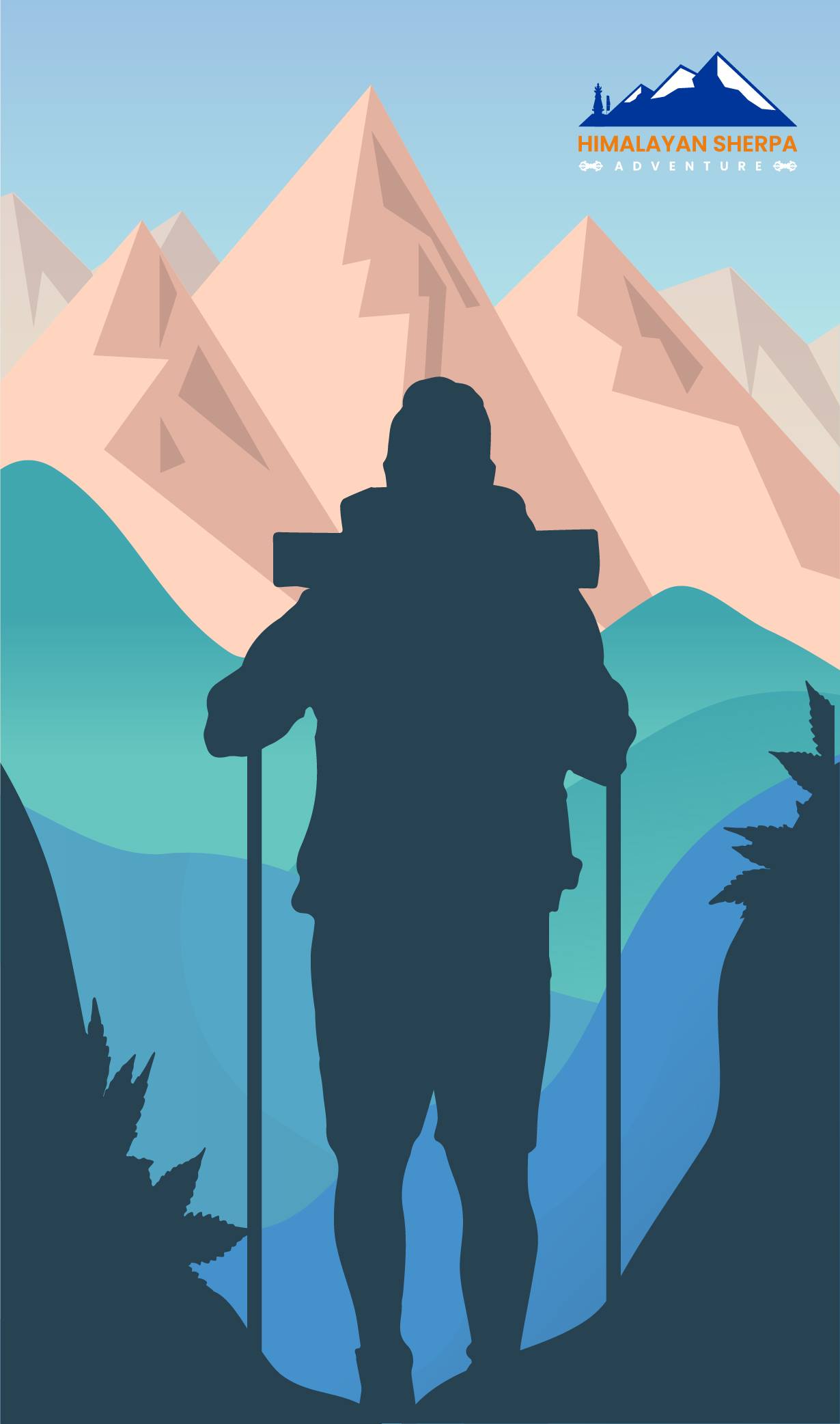
-
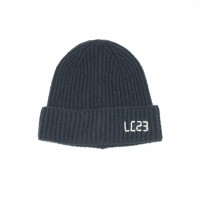
hats/beanie
-
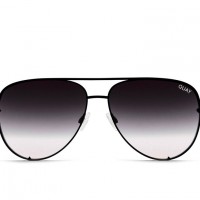
Sunglasses
-
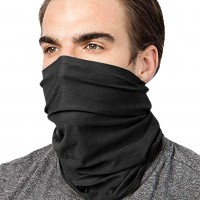
Scarf/Buff.
-

Candies/sweets
-
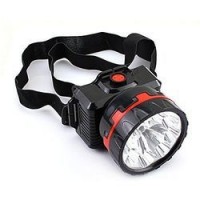
Headlights.
-
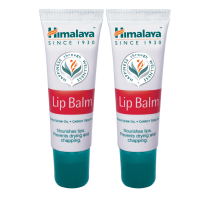
Lip balm
-
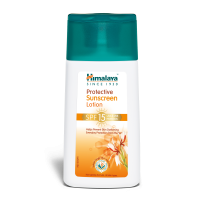
Sunscreen
-
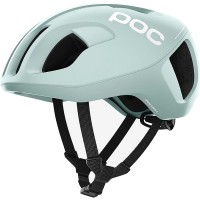
Helmet.
-
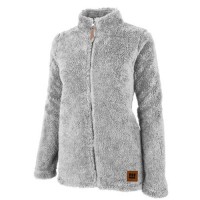
A warm fleece
-
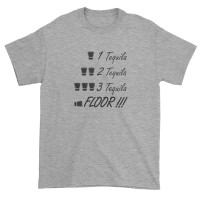
fewT shirts/ long and short sleeve shirts.
-

Daun Jacket
-
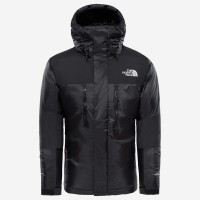
Windstopper jacket
-
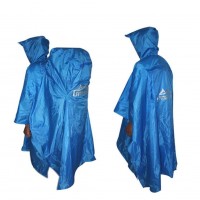
ponchos/Raincoat
-
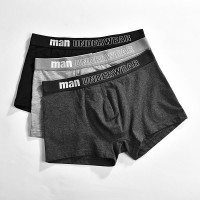
A few pieces innerwear.
-
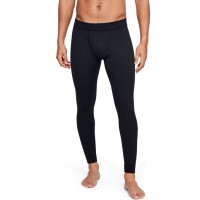
few pairs ski underwear
-
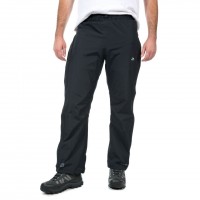
windproof trouser
-
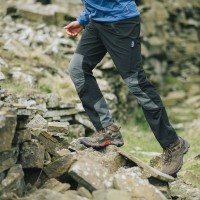
trekking trouser / Hiking Trouser /leggins
-
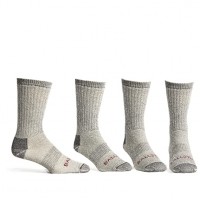
pairs of Trekking Socks
-
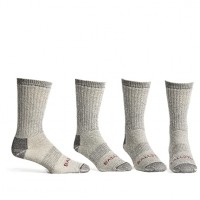
pairs woolen socks.
-

Slipper & Sandals
-
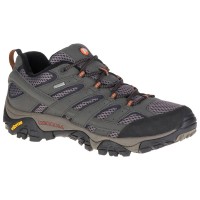
trekking shoes
-
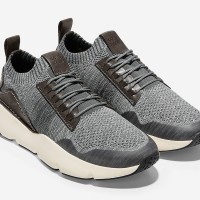
one comfortable shoes
-
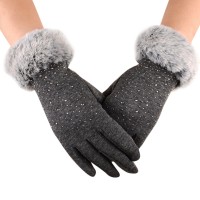
thin gloves & think gloves
-

backpack / Rucksack (waterproof)
-
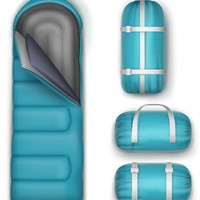
Sleeping bag -10* C
-

Duffel bag
-
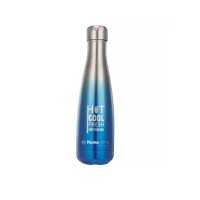
Water bottle
-
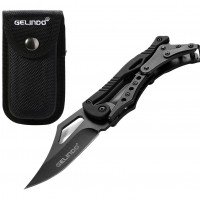
Pocket knife
-
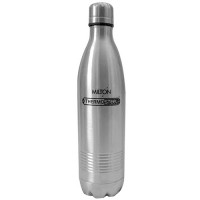
thermos
-
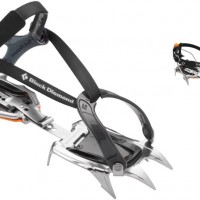
Crampons.
-

Ice Axe.
-
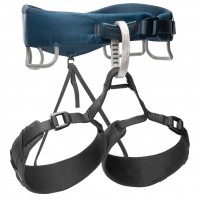
Climbing harness.
-
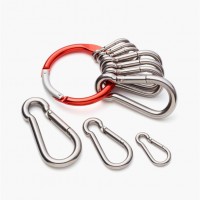
carabiner.
-

Figure Eight.
-

A few pairs prusiks.
-
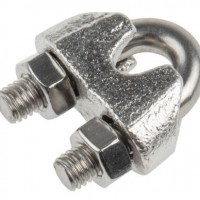
Rope clamp.
-
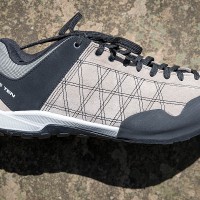
Robust shoes for climbing.
-
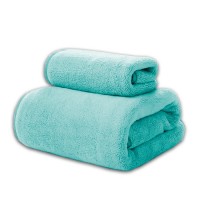
Towel & hand towel
-
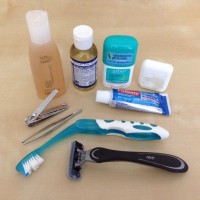
Toiletries
-

Trekking poles

You May Also Like



